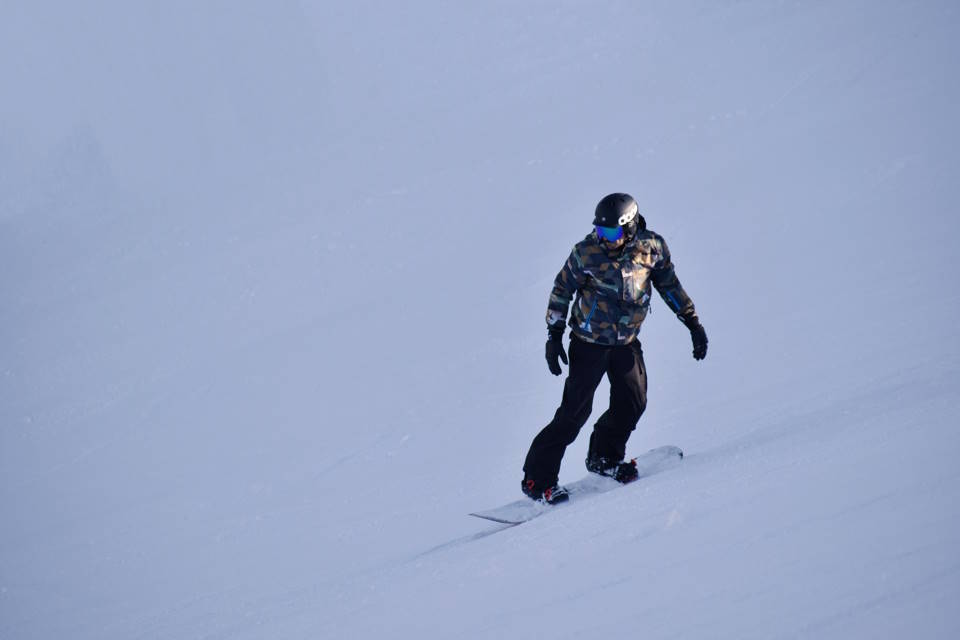As a snowboarding enthusiast, there’s nothing quite like the rush of carving through fresh powder and nailing those perfect turns on the slopes. Whether you’re a beginner looking to improve your skills or an experienced rider wanting to refine your technique, mastering the art of turning on a snowboard is essential for a smooth and enjoyable ride. In this blog post, we’ll delve into the key components of executing flawless turns on a snowboard. From mastering the basics and understanding body positioning to utilizing edge control, implementing weight distribution, and perfecting smooth transitions, we’ll cover it all. So, grab your board, buckle up your boots, and get ready to elevate your snowboarding game to the next level. With the right knowledge and plenty of practice, you’ll be cruising down the mountain with style and confidence in no time. Let’s dive in and discover how to execute perfect turns on a snowboard.Learn the basics of body positioning, edge control, weight distribution, and smooth transitions to master your SEO strategy with ease.
Mastering The Basics
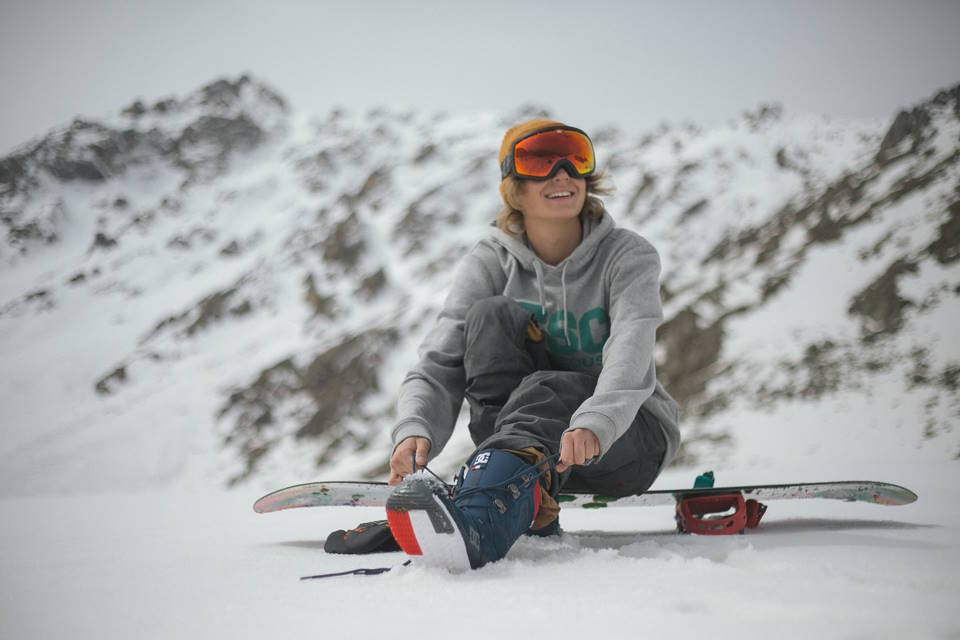
Mastering the basics of any skill is essential for long-term success and enjoyment. When it comes to snowboarding, this means honing your fundamental techniques to build a solid foundation for more advanced maneuvers. Whether you’re a beginner or an experienced rider, going back to the basics can improve your overall performance on the slopes.
One of the most crucial basic skills in snowboarding is learning how to properly balance on your board. This involves understanding how to distribute your weight across the board to maintain control and stability. Without mastering this skill, it becomes challenging to progress and confidently tackle more advanced terrain.
Another fundamental aspect of snowboarding is stance and posture. Having the right body positioning can make a significant difference in your riding experience. Understanding how to position your feet, shoulders, and hips can enhance your balance, control, and maneuverability on the snow.
Moreover, mastering the basics also includes familiarizing yourself with the different types of turns. Whether it’s a basic heel-side or toe-side turn, knowing how to execute these maneuvers with precision is crucial for navigating various slopes and terrains. Developing proficiency in these foundational skills can build the confidence needed to take on more challenging obstacles.
Understanding Body Positioning
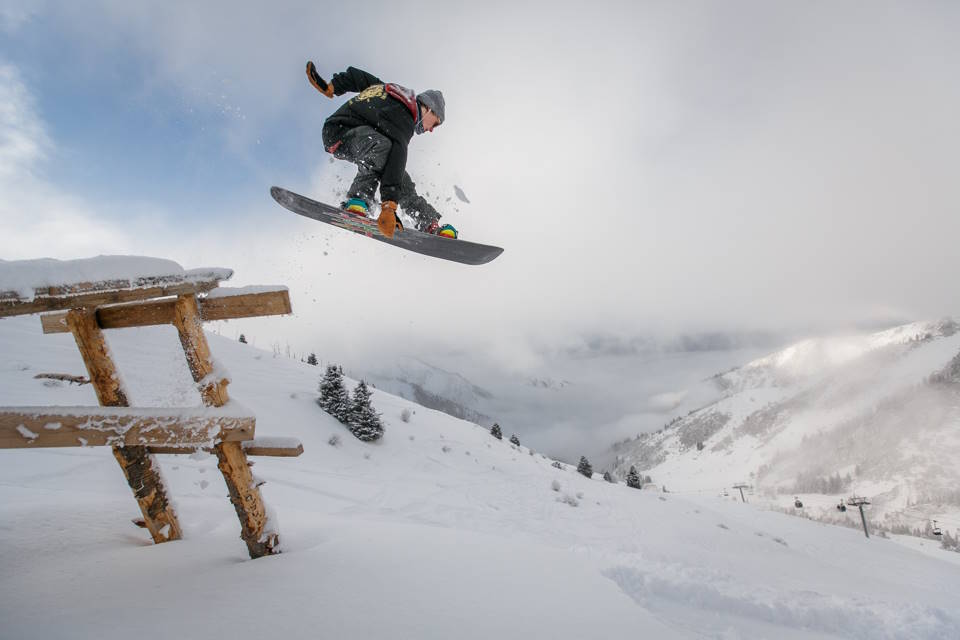
When it comes to snowboarding, understanding body positioning is essential for both safety and performance. The way you position your body on the board can impact your balance, control, and overall ride experience. It’s important to pay attention to your stance, posture, and the alignment of your body while carving down the slopes.
First and foremost, maintaining a proper stance is crucial for body positioning. Your feet should be parallel with your shoulders and positioned slightly wider than your hips. This stance allows for better stability and control, as well as increased power transfer through your turns. Keep your knees slightly bent to absorb shocks and maintain flexibility, and engage your core to support your upper body and keep your balance in check.
In addition to your stance, your posture plays a key role in body positioning. Keep your back straight and gaze forward in the direction of your ride. Avoid hunching over or leaning too far back, as this can throw off your center of gravity and compromise your control. By maintaining proper posture, you’ll be able to navigate turns and terrain features with greater ease and confidence.
Lastly, the alignment of your body in relation to your snowboard is essential for effective body positioning. Keep your weight centered between your bindings for optimal balance, and use your ankles, knees, and hips to make precise adjustments as needed. By utilizing your edges and maintaining a neutral body position, you’ll be able to carve through snow and maintain control over your speed and direction.
Utilizing Edge Control
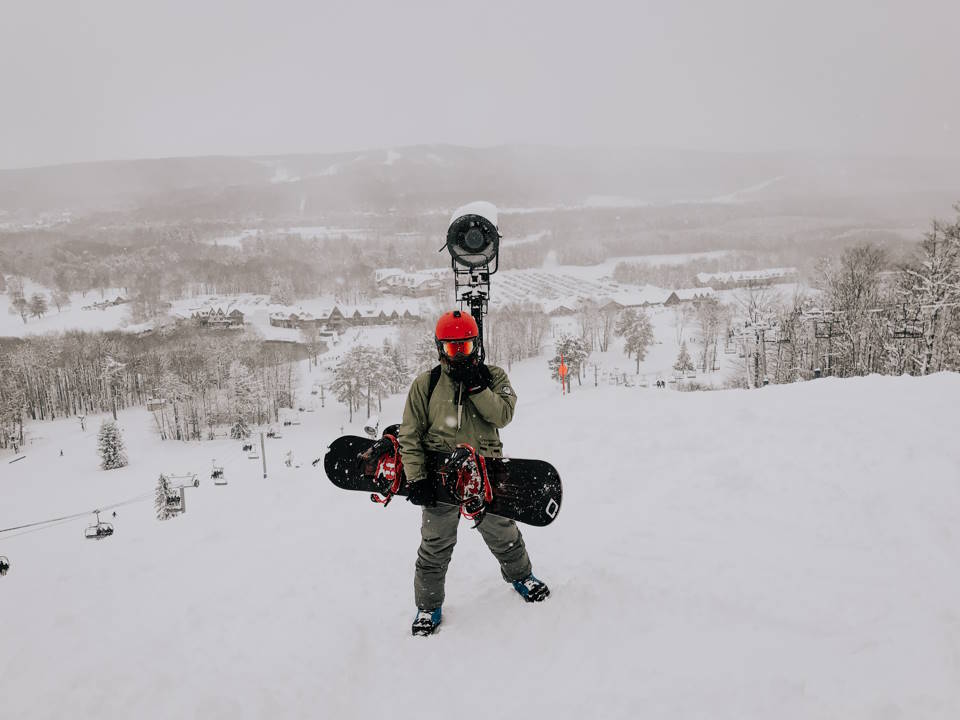
Utilizing edge control is a crucial skill to master for any skater, whether you’re a beginner or a more experienced skater looking to improve your technique. Edge control refers to the ability to carefully manipulate the edges of your skates to turn, stop, or maneuver with precision. It’s all about using the inside and outside edges of your wheels to maintain control and stability while skating.
One of the key elements of utilizing edge control is understanding the different types of edges. There are inside edges and outside edges on each skate, and knowing how to use them effectively can make a world of difference in your skating performance. By shifting your weight and balance to the appropriate edges, you can make tighter turns, execute sharper stops, and navigate obstacles with increased confidence.
Another important aspect of edge control is maintaining proper body positioning. When utilizing your edges, it’s essential to keep your knees bent, your back straight, and your weight evenly distributed. This not only helps you stay balanced, but it also allows you to transition smoothly from one edge to another, making your movements more fluid and controlled.
One effective way to improve your edge control is through practice and drilling. Spend time on the rink or in a controlled environment, focusing specifically on shifting your weight and balance to manipulate your edges. As you become more comfortable with this technique, you’ll notice a significant improvement in your overall skating ability and confidence on the ice or on wheels.
Implementing Weight Distribution

When it comes to snowboarding, one crucial element that can make a huge difference in your performance is weight distribution. Proper weight distribution can improve your stability, control, and overall riding experience on the mountain.
One of the key aspects of implementing effective weight distribution is to keep your stance centered and balanced. This means keeping your weight evenly distributed between your feet to maintain stability and control while riding.
Another important technique for implementing weight distribution is to adjust your body position and shift your weight based on the terrain you are riding on. For example, when riding on steeper slopes, you may need to shift more weight to your front foot to maintain control and avoid catching an edge.
Utilizing your edges and adjusting the amount of pressure you exert on each edge can also play a significant role in implementing effective weight distribution. By actively engaging your edges and adjusting the distribution of pressure, you can make quick adjustments and maintain balance while navigating different terrain.
Perfecting Smooth Transitions
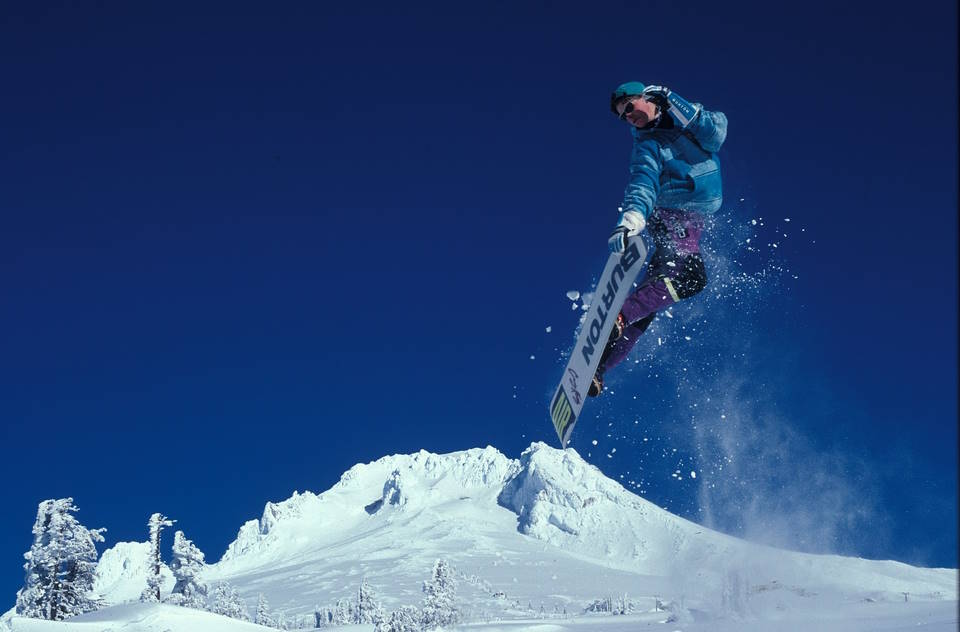
Smooth transitions are an essential skill for any skater, whether you are just starting out or have been skating for years. Mastering smooth transitions requires a combination of balance, timing, and precise movements. One of the keys to perfecting smooth transitions is to have a strong core and lower body strength to maintain stability and control throughout the transition.
Another important aspect of perfecting smooth transitions is to find the right rhythm and flow. This involves coordinating your movements and weight shifts to ensure that there are no jerky or abrupt motions during the transition. Smooth transitions require a seamless transfer of weight from one foot to the other, so it’s crucial to focus on your footwork and weight distribution throughout the entire movement.
Utilizing proper posture and body positioning is also vital in perfecting smooth transitions. Keeping your body aligned and centered will help you maintain control and balance as you move from one position to another. It’s important to stay low to the ground and keep your knees bent to ensure stability and control during transitions.
Finally, implementing edge control is crucial in perfecting smooth transitions. Understanding how to use your edges to smoothly transition from one movement to the next is essential for maintaining speed and control. Practicing edge control drills and exercises can help you sharpen your skills and improve the fluidity of your transitions.

